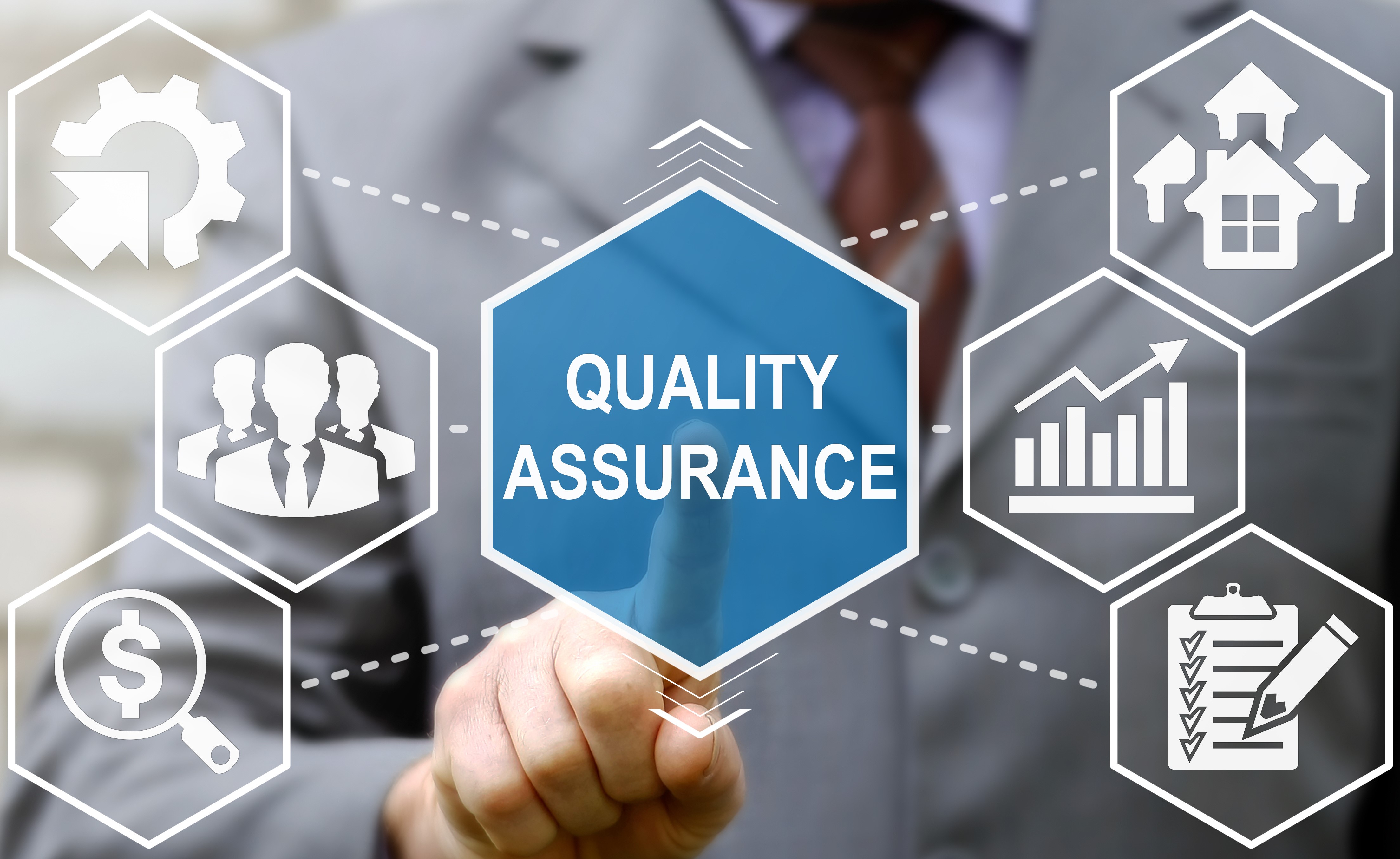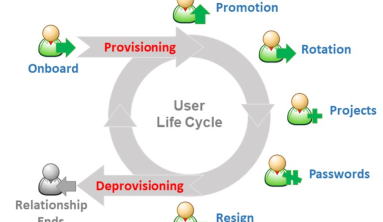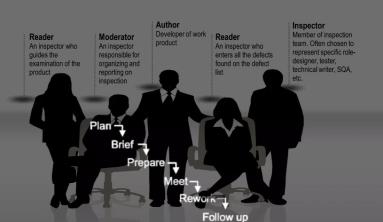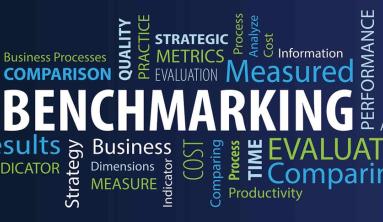Software Development is a time and resource consuming and thus, a very costly process. Any compromise in the quality of software provided to the client can spoil the whole effort on the part of the development firm. It costs the firm heavily not just on time and human resource involved, but can also jeopardize the reputation of the development firm overall, thereby affecting their future business prospects. To prevent getting into such a situation, ideally, top software development companies spend heavy amounts of money on testing, quality control, and quality assurance.
What are the Principles of TQM?
A successful TQM implementation will always follow eight key principles:
- TQM is focused on the customer. The ultimate measure of success is the customer's satisfaction with the product.
- All employees must be involved in the process at a high level to ensure success.
- Strategies are focused on processes, and on the steps necessary to complete them.
- The parts of a process should be smoothly integrated into a larger, cohesive process.
- Processes should be organized strategically, with an eye toward both short- and long-term goals.
- Strategies should aim toward continual improvement of products and processes.
- Facts and data are indispensable for making decisions and implementing changes.
- Effective communication plays a vital role in keeping an organization running smoothly, both during day-to-day operations and in times of organizational change.

Most companies have specialized quality control departments with trained experts to look into software testing and quality control at all levels. Still, many times, it is realized that the attempts to achieve quality have failed. This leads to a poor reputation for the firm in the market and irreparable losses to the business prospects.
Reasons for Failure in Achieving Quality
- Lack of comprehensive inputs from the customers.
- Deficiency in perceiving exact customer requirements.
- Very low-level involvement of developers in quality matters.
- Poor coordination between the developers and those involved in quality testing/assurance.
- Communication problems between hierarchies.
Apart from the above-mentioned factors, issues like shortage of resources or outdated technology could even lead to the failure of quality initiatives. If all of the reasons mentioned here are reviewed, it can be interpreted that most of these are system induced and can be solved by simply implementing changes in the system. Total Quality Management or TQM, as it is commonly known, starts with the premise that the responsibility of quality cannot be put on just one or two departments or individuals, or even on any small part of the software development process. It has to be collective across all departments and processes of the organization and thus on the organization as a whole.
TQM, if implemented properly, can help the firm reduce development costs. This has to be achieved not by compromising on quality or resources but by making processes more efficient in terms of time and resources. The term 'resources' includes hardware, software, human resource as well as financial resources. If development costs can be managed well, the product can be sold at lesser cost without incurring any losses. A firm achieving cost control while still delivering quality is preferred in the cost-conscious market.
A software development company which has TQM practices set in their system gets an upper edge in the market compared to the peers for the following reasons:
- Customer-Centric Approach
Customer focus helps in bringing regular business and creates a good reputation in the market. While dealing with the customer, a trust has to be built with one’s conduct, processes and results at various levels, rather than just making comprehensive product development contracts. A happy and satisfied customer is not just a source of regular business in future, but can even help in promotion through referrals. When the system ensures that customer experience is improved, there are fewer complaints, minimal grievances and hardly any customer loss. Well formulated timelines and adherence to the same are very important and help in building customer trust.
- Continuous Improvement
The concept of continuous improvement takes inspiration from Kaizen, which is the Japanese term for “change for better”. Continuous improvement, can be achieved by benchmarking and business process re-engineering.
- Benchmarking: Continuous improvement starts with benchmarking the best industry practices or comparing one’s strategies and processes with those of the market leader or even a competitor. This, in turn, helps the firm to improve its practices to be able to get more market.
- Business Process Reengineering: Everything is subject to change in the modern and quick updating software industry. So, even the best of systems or processes are bound to fail if they don’t upgrade to match the changing demands of the market. Also, the requirements of clients change with changing trends. The success of a system depends on its market responsiveness and so it needs to change itself to meet the demands of its ever-changing environment. New updated versions of hardware/ software are availed and obsolete processes are eliminated. Thus, business process re-engineering can be implemented which helps the firm give way to new processes and prevents wastage of time and resources caused by unwanted processes.
- Sharing of Responsibility
TQM system is all pervasive, throughout the organization. This helps in improving cooperation between hierarchies of the firm thereby preventing losses. The message goes loud and clear to all, including the developers as well as quality control team, that the liability for any possible future failures would be shared by all. This makes the teams involved fully conscious of delivering quality at the individual as well as collective levels. Also, TQM compliant systems are managed collectively and so the requirement of monitoring of processes reduces, thereby saving time and encouraging creativity. With more responsibility at each level, less monitoring, and better quality, a firm can manage to deliver the best products to capture the market.
- Timely and Effective Decisions
Effective decision making is important for any business. In a TQM system, decision making is also collective which ensures that the decisions get cooperation in implementation. This helps in making the processes faster and efficient. For example, if a bunch of highly experienced developers starts performing below the required quality levels after implementation of a new technology, it is possible that they require training on the required or updated technology. Such issues need to be identified proactively before the firm incurs irreparable losses. Upon identification of the problem, a timely decision for relevant training and development efforts can help the companies perform better and prevent future complications.
- Better Communication and Coordination
Communication and coordination are the keys to total quality management. Sharing of resources becomes easier and this helps in preventing wastage of resources. Also, quality issues can be communicated and resolved as and when they occur. As a result, the product delivery experience improves and the process becomes efficient. When different departments have better communication, developers can be involved in quality related matters and decision making. Also, to ensure quality responsibility at all levels, there should be more interaction of quality and development teams enabling the free flow of information between them. This helps to propagate the idea of quality from the core. When quality is taken care of right from the basic level, or initial stages, the possibility of major quality issues at later stages of the project can be eliminated. This process efficiency achieved through better coordination ultimately helps in quicker and better product delivery.
Source: goodfirms






